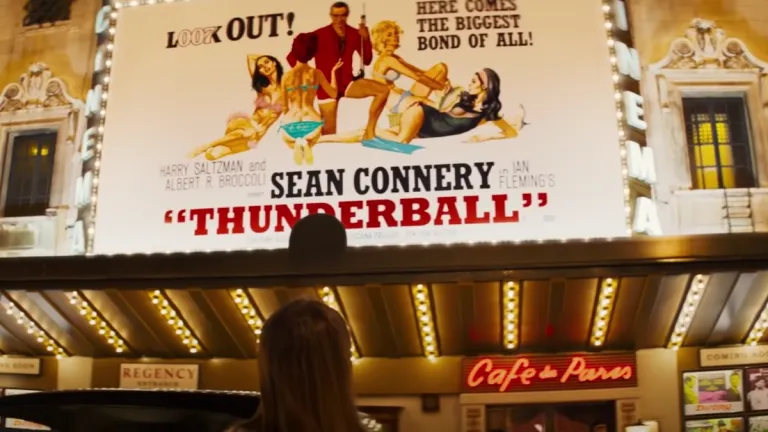In an episode of the podcast 'Post Mortem with Mick Garris', Wright confessed to being engrossed by the culture of 1960s London after finding his parents' record collection, mainly consisting of The Rolling Stones, The Beatles, and Simon and Garfunkel. His perception of the time was formed through listening to these songs and admiring the vinyl covers, creating an almost romanticised dream-like interpretation of such a culturally significant time. In essence, Last Night in Soho is not too dissimilar from walking through a museum, immersing yourself in a time that is long gone. With each scene comes a barrage of songs that will ring familiar to nearly everyone, including Cilla Black's 'You're My World' and a haunting cover of 'Downtown' performed by Taylor-Joy.
The film has this air of nostalgia from a time that viewers may not have ever experienced. Wright regenerates what we know as modern horror, forgoing the now archetypal film path in favour of enveloping late 1960s/early 1970s culture into the frame.












